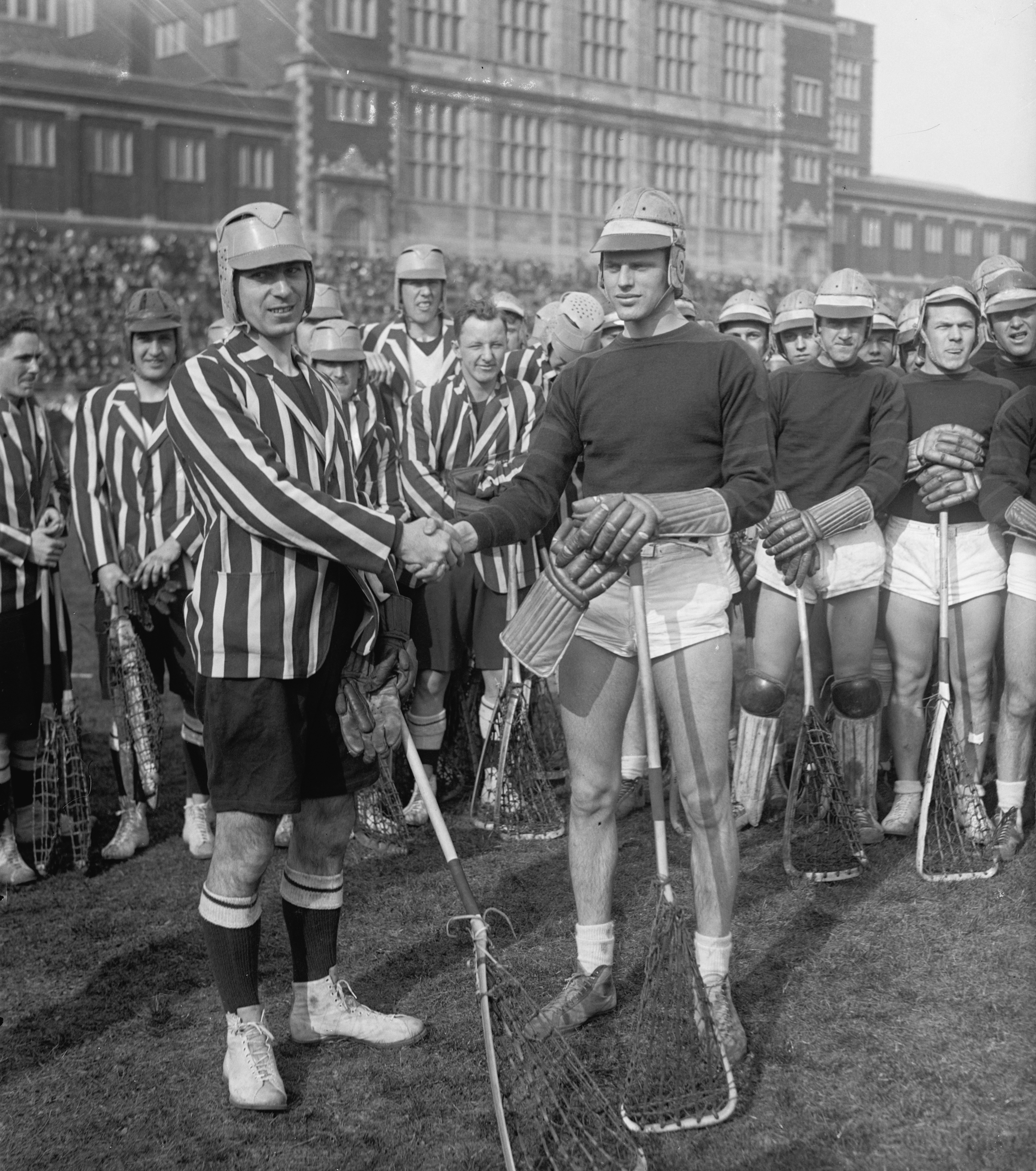Parallel Pioneers: How Technology Transforms Athlete Development
In today’s fast-paced world, the synergy between technology and sports is creating revolutionary pathways for athlete development. As the landscape of competitive sports evolves, we must ask ourselves—how can we harness innovations from other industries to empower our athletes? This exploration into the intersection of technology and sports reveals compelling insights that stretch far beyond traditional training methods. By examining how industries such as healthcare, entertainment, and finance influence athletic growth, we uncover a blueprint for success that many aspiring athletes, coaches, and organizations can adopt.
The Technological Landscape: A New Epoch in Sports

When we think about athlete development, we often focus solely on physical training and skill enhancement. However, as cutting-edge technology permeates various sectors, a silent revolution is taking place in how we prepare our athletes for success.
The healthcare industry's advancements in biotechnology and wearable tech are tremendous examples. Devices that monitor an athlete's heart rate, movement efficiency, and energy expenditure provide invaluable feedback for optimizing performance [1]. For instance, monitoring heart rate variability can help understand an athlete's recovery status and stress levels, thereby informing training plans that maximize effectiveness while protecting against injury.
Moreover, parallels can be drawn from the entertainment industry. The rise of virtual reality (VR) technology isn’t just reshaping the world of gaming—it's opening avenues for immersive training experiences in sports. Coaches can simulate real-game scenarios under controlled conditions, analyzing athlete reactions and strategies without the risk of injury. As explored in the post on VR’s impact on training, the use of virtual simulations provides athletes with unique opportunities to fine-tune their skills while building mental resilience.
Bridging the Gap Between Industries

So how exactly does the transfer of technology across industries elevate athlete development? The principle is straightforward: the underlying technology may differ, but the analytical frameworks and methodologies can be shared and adapted to fit the sporting context.
In finance, for example, predictive analytics is a game-changing tool that enables organizations to make data-driven decisions. Similarly, sports teams are increasingly leveraging analytics to understand player performance metrics, injury risks, and even the psychological aspects that contribute to successful competition. For instance, a light-hearted analysis of players' social media sentiment can offer insights into their emotional well-being leading up to a game. This concept is further elaborated in the article on social media sentiment analysis in sports.
Additionally, sustainability practices prevalent in various sectors are resonating in sports. Clubs and franchises are beginning to prioritize eco-friendly operations, mirroring trends seen in industries pushing for corporate social responsibility. Athletes are becoming ambassadors not only for their brands but also for broader societal issues, as examined in the article about sustainability in sports branding.
Emerging Technologies in Athlete Development

As we venture deeper into this technological evolution, it’s important to look at specific innovations revolutionizing how athletes train and develop. The inclusion of biometric data and psychosocial metrics is leading the charge.
Biometric Data: A Personalized Approach to Training

The advent of biometric data has transformed the training landscape by enabling personalized training plans that cater to the unique physiological traits of each athlete. Wearable technology now tracks data ranging from heart rates to sweat composition, allowing coaches to tailor training regimens based on real-time analytics.
For example, the insights drawn from these technologies allow for better recovery protocols, enabling athletes to push their boundaries without the fear of overtraining or injury. Such advances not only enhance performance but also significantly extend athletic careers. The role of biometric data in striving for elite performance is explored in-depth in our article on biometric data in sports.
Mental Resilience: Training the Mind as Well as the Body

An athlete’s psychological state is just as critical as their physical prowess. Emotionally intelligent training methodologies that integrate stress management can amplify an athlete’s ability to perform under pressure. The growth of mental health programs parallels what is observed in other industries emphasizing employee well-being.
With mental resilience being a focal point, integrating techniques such as mindfulness and visualization into training can equip athletes with the tools they need to thrive. This trend is highlighted in the article discussing mental health strategies of athletes.
The Role of AI and Machine Learning

Artificial Intelligence (AI) is reshaping nearly every aspect of our lives—and sports are no exception. Machine learning algorithms are becoming integral in analyzing vast amounts of data, from player performance metrics to game strategy. They can predict outcomes based on historical data, helping coaches make informed decisions about game tactics.
For instance, teams can analyze thousands of game scenarios before even stepping onto the field. This predictive modeling can significantly improve the decision-making process, ultimately leading to better game strategies and outcomes. For an insightful look into AI's role in sports, check out our piece on the influence of AI on team performance.
Athletic Development in the Age of eSports

Interestingly, the rise of eSports also reflects how technology influences athlete development. Competitive gaming is not just about reflexes—it involves strategic thinking, teamwork, and mental fortitude.
The training methodologies employed in eSports, including emotional resilience training and strategic planning, carry important lessons for traditional sports. The transition of traditional athletes into eSports roles highlights how skills can be transferable across different landscapes. Insights about this evolution can be found in our article on the influence of eSports.
Harnessing Data for Continuous Improvement

Through the lens of data analytics, teams can continuously refine their training methodologies and strategies. Comprehensive performance assessments are becoming paramount. High-performance sporting environments now routinely utilize data from various sources to inform their decisions.
For instance, the emergence of wearables that track biomechanical data, coupled with video analysis of practice sessions, offers coaches nuanced insights into individual players’ movements. The result? More targeted interventions and staggering improvements in performance levels. Our piece on sports analytics discusses this in detail.
The Influence of Environment on Performance

Notably, the environment in which athletes train and compete also plays a crucial role in their development. The growing emphasis on urban green spaces is reshaping how we think about youth sports engagement. Creating environments that foster athletic growth goes beyond just training hard. Research backs the notion that well-designed sports facilities can enhance athlete performance, as illustrated in our discussion about urban green spaces and youth sports.
Final Thoughts
The fusion of technology and athlete development is a thrilling one, marked by innovation, adaptability, and a keen understanding of human performance. As we continue to uncover the methods that other industries use to push their own boundaries, we can apply those insights to hone athlete development.
From biometric data analysis to integrating mental strategies and environmental awareness, the potential for improving athletic training has never been greater. The future of sports looks bright, not just for professional athletes but for budding talent at every level. Let’s embrace these “parallel pioneers” leading the charge towards a new standard in athlete development—because the next generation of champions is already in training.



